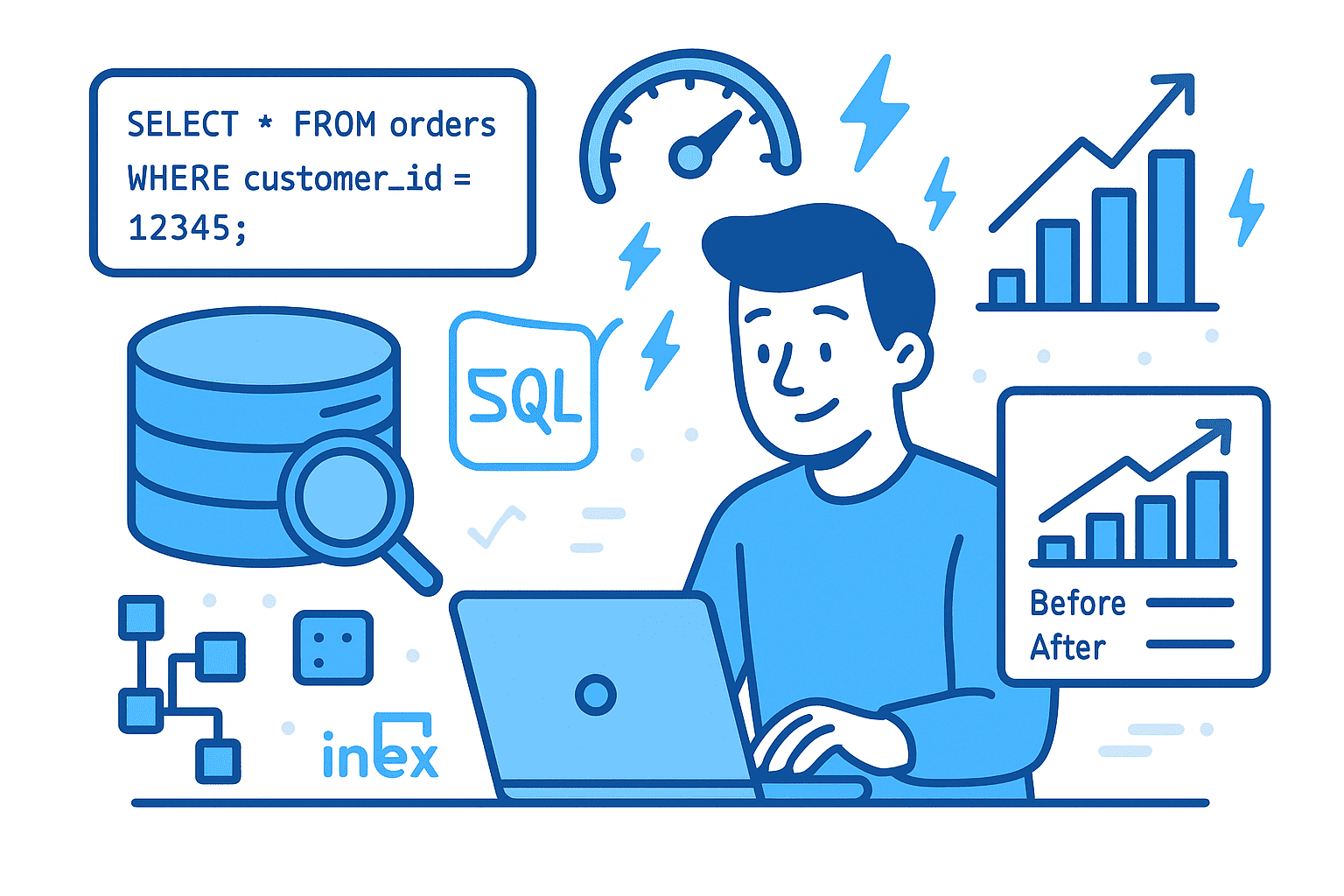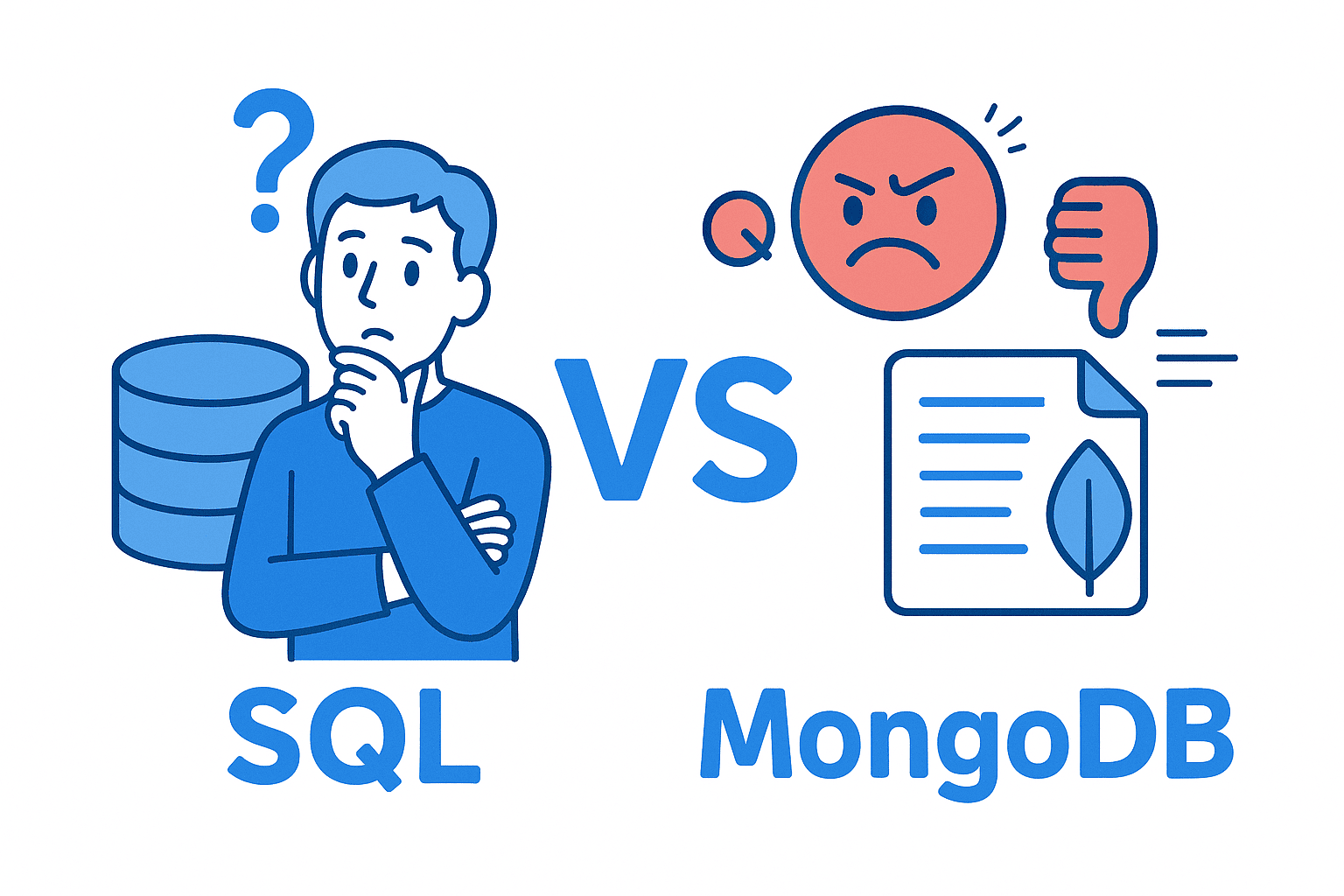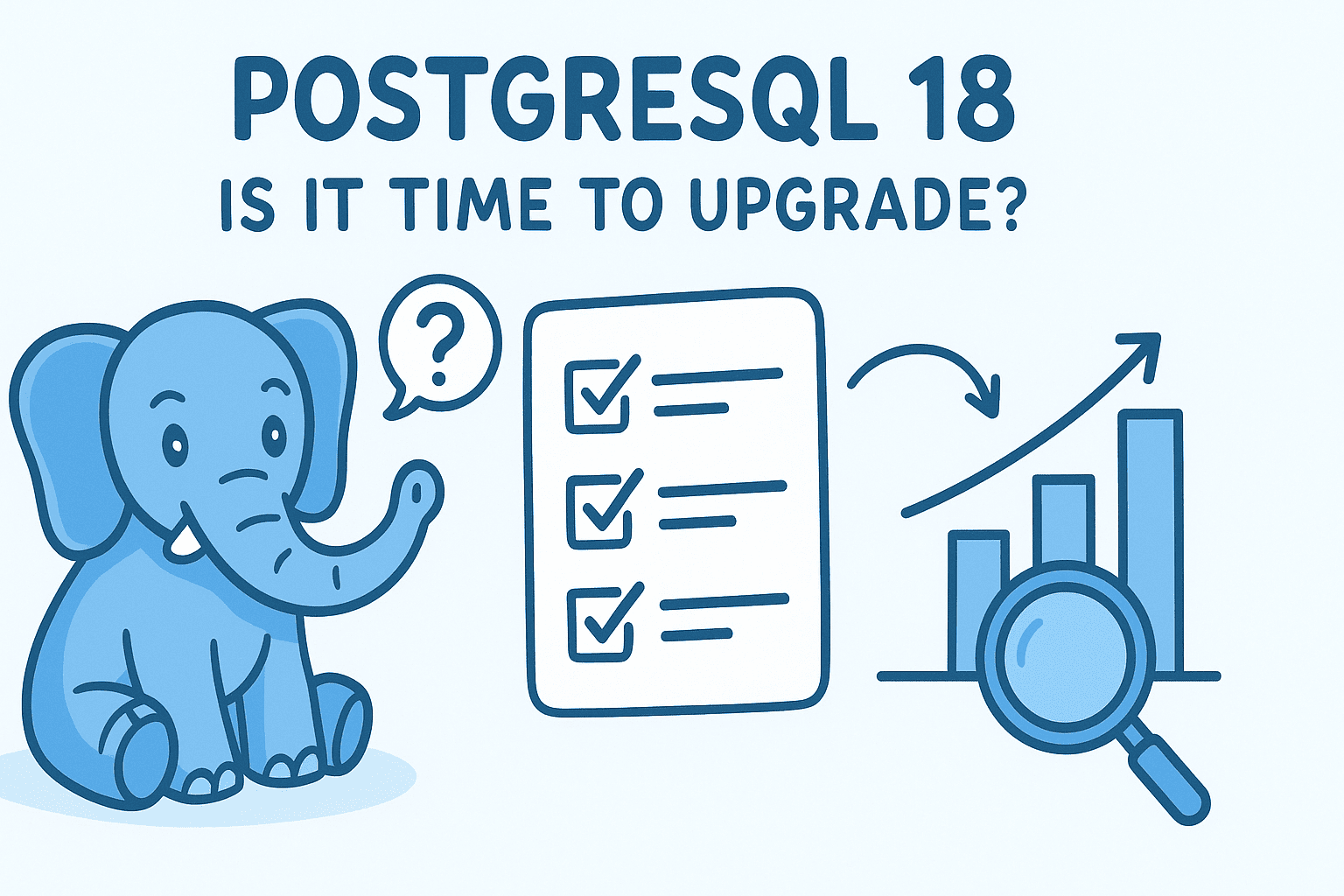When working with relational databases, slow SQL queries can quickly become a bottleneck for your applications. Whether you’re building APIs, dashboards, or analytics pipelines, query performance directly impacts user experience and system scalability.
In this guide, we’ll break down proven SQL optimization techniques, complete with code Examples, so developers can speed up queries and reduce server load.
1. Use Proper Indexing
Indexes act like a table of contents in a book — they help the database quickly locate rows without scanning the entire table.
Example: Without Index
SELECT *
FROM orders
WHERE customer_id = 12345;
If customer_id is not indexed, this query will scan the entire orders table.
With Index
CREATE INDEX idx_customer_id ON orders(customer_id);
SELECT *
FROM orders
WHERE customer_id = 12345;
✅ This reduces query time dramatically, especially for large tables.
Tip: Avoid over-indexing. Each index speeds up reads but slows down inserts/updates.
2. Select Only the Columns You Need
Using SELECT * loads unnecessary data and wastes memory.
Example: Bad Practice
SELECT *
FROM users;
Optimized Query
SELECT id, name, email
FROM users;
✅ Narrowing the columns reduces I/O and improves performance.
3. Avoid Functions on Indexed Columns
Applying functions to indexed columns prevents the database from using the index.
Example: Non-Optimized
SELECT *
FROM users
WHERE YEAR(created_at) = 2023;
Here, the YEAR() function disables the index on created_at.
Optimized Query
SELECT *
FROM users
WHERE created_at >= '2023-01-01'
AND created_at < '2024-01-01';
✅ The index is preserved, making queries faster.
4. Use Joins Efficiently
Inefficient joins can cause major slowdowns, especially on large datasets.
Example: Inefficient Join
SELECT u.name, o.total
FROM users u, orders o
WHERE u.id = o.user_id;
This implicit join can create unnecessary cross products.
Optimized Query
SELECT u.name, o.total
FROM users u
INNER JOIN orders o ON u.id = o.user_id;
✅ Always use explicit joins and ensure join columns are indexed.
5. Limit Results Early
Fetching millions of rows when you only need 100 is a common mistake.
Without limit
SELECT * FROM logs ORDER BY timestamp DESC;
Optimized
SELECT *
FROM logs
ORDER BY timestamp DESC
LIMIT 100;
✅ Always use LIMIT or pagination when working with large datasets.
6. Analyze and Optimize Query Execution Plans
Most SQL databases (MySQL, PostgreSQL, SQL Server) provide an EXPLAIN command to see how queries are executed.
EXPLAIN SELECT *
FROM orders
WHERE customer_id = 12345;
✅ Check whether indexes are being used, and adjust queries or schema accordingly.
7. Denormalize When Necessary
Normalization avoids data redundancy, but sometimes denormalization improves performance (especially for analytics).
Example: Instead of joining multiple tables every time:
SELECT p.name, SUM(o.total)
FROM products p
JOIN orders o ON p.id = o.product_id
GROUP BY p.name;
You can maintain a summary table that stores aggregated values, updated periodically.
8. Batch Inserts and Updates
Instead of inserting or updating rows one by one, use bulk operations.
Example: Slow (multiple inserts)
INSERT INTO logs (message) VALUES ('Error 1');
INSERT INTO logs (message) VALUES ('Error 2');
Optimized (batch insert)
INSERT INTO logs (message)
VALUES ('Error 1'), ('Error 2'), ('Error 3');
✅ Fewer roundtrips = faster performance.
9. Use Caching for Frequent Queries
If a query is frequently executed but rarely changes (e.g., product lists, category trees), cache the result in memory (Redis, Memcached) or use materialized views.
10. Partition Large Tables
For huge datasets (billions of rows), partitioning can split a table into smaller, manageable chunks.
CREATE TABLE orders_2023 PARTITION OF orders
FOR VALUES FROM ('2023-01-01') TO ('2023-12-31');
✅ Queries only scan the relevant partition instead of the whole table.
Final Thoughts
Optimizing SQL queries is a mix of schema design, indexing strategy, and query tuning. Start by identifying slow queries with tools like EXPLAIN, then apply the techniques above:
- Index wisely
- Avoid SELECT *
- Write join-friendly queries
- Limit rows early
- Consider caching and partitioning
By following these best practices, developers can drastically improve database performance and scale applications effectively.
🤝 Need a Custom RSVP System or Dashboard?
I help businesses build tools that actually work , even on tight deadlines.
Whether you're planning an event, need internal tools, or want a custom dashboard for your team , I can help.
Reach out
📧 Email: safi.abdulkader@gmail.com | 💻 LinkedIn: @abdulkader-safi | 📱 Instagram: @abdulkader.safi | 🏢 DSRPT
Drop me a line, I’m always happy to collaborate! 🚀



